I’d like to buy a vowel
But first, what are vowels? You may remember learning about vowels at school being A E I O U and sometimes Y. You are right, these are all vowels in the english alphabet. But perhaps I should be more specific and say vowel sounds, or even speech sounds, instead of just vowels. As singers we spend a lot of time breaking down words into their different sounds in order to sing them properly and with greater ease.
What’s a Vowel?
“A vowel is a letter that represents a speech sound made with one’s airway (the mouth and vocal chords) open and without touching one’s tongue to the teeth, lips, or the roof of the mouth.”
The definition is specific in saying that the sound is made with one’s airway open and without touching the tongue to the teeth, lips or roof of the mouth. Try closing your mouth completely and make the sound “Ahh”. It won’t sound like Ah because the mouth is closed. The same thing would happen if you put your tongue on the roof of your mouth or teeth while trying to make the “Ahh” sound. Vowel sounds are determined primarily by the placement of the tongue in the mouth and the resonance of air in the throat (vocal tract).
Have you ever noticed when using a dictionary that apart from the definition there is also that funny looking version of the word? This is the phonetic transcription of the word. It uses something called the International Phonetic Alphabet (IPA for short) to tell the reader how the word is pronounced. The IPA is a way of putting the phonetic sounds of any given word into print. It’s called international because it can be used to transcribe any known language with the addition of more characters and symbols (diacritics) however this post will focus only on English vowels.
I should note that there are many different pronunciations for words in english depending on where you might be from. This is precisely why IPA is so useful because it allows us to show the different pronunciations and make that distinction. Furthermore, lyric diction (the way that we sing something) can sometimes be different compared to how we might speak it. That being said if you are ever uncertain of how something should be sung I would encourage you to speak the word slowly and try to break it up into its different syllables or sounds.
Vowel Symbols
Here are the different vowel IPA symbols that are used in English. They are organized on these diagrams in accordance to the tongue position in the mouth. For example [i] (pronounced “ee”), the tongue position is further forward and higher where as [a] (pronounced “ah”) the tongue is further back as well as lower. You might also noticed that [i] is much more closed than [a].
Believe it or not, English can be a pretty complicated language to speak as well as sing in. This is partly due to the presence of diphthongs. A diphthong is when two different vowels appear in the same syllable such as the words “bite”, “bout” and “boy”.
There was one vowel missing from this chart which I took the liberty of adding. The [a] pronounced “ah” is commonly used in singing as in the Italian word “Bravo”. Much of vocal pedagogy for classical music focuses on finding a proper Italian [a] sound for our “ah” vowels.
Images from: https://allthingslinguistic.com/post/67308552090/how-to-remember-the-ipa-vowel-chart
English IPA Guide
I’ve put together a quick guide to get you started. If you have any questions please don’t hesitate to ask!
If you are curious and would like to learn more about IPA I would encourage you to check out some of these excellent free resources. These charts are interactive and allow you to hear what each of the vowels (and consonants) sound like.
Thank you for taking the time to read this post. It means a lot to me. If you would like to hear more from me then I encourage you to subscribe to my newsletter and follow me on social media.
I look forward to seeing you in the studio and online!
Sincerely,
Adam





